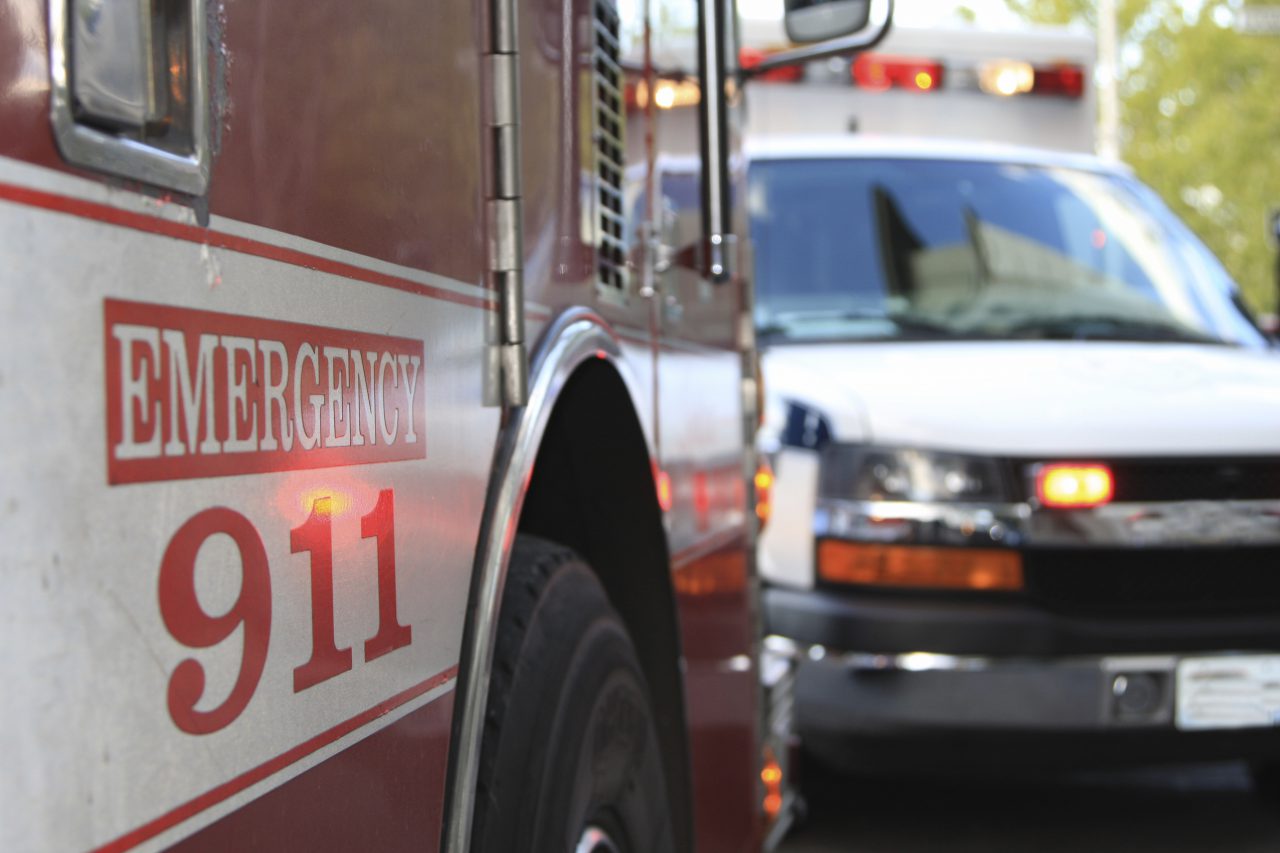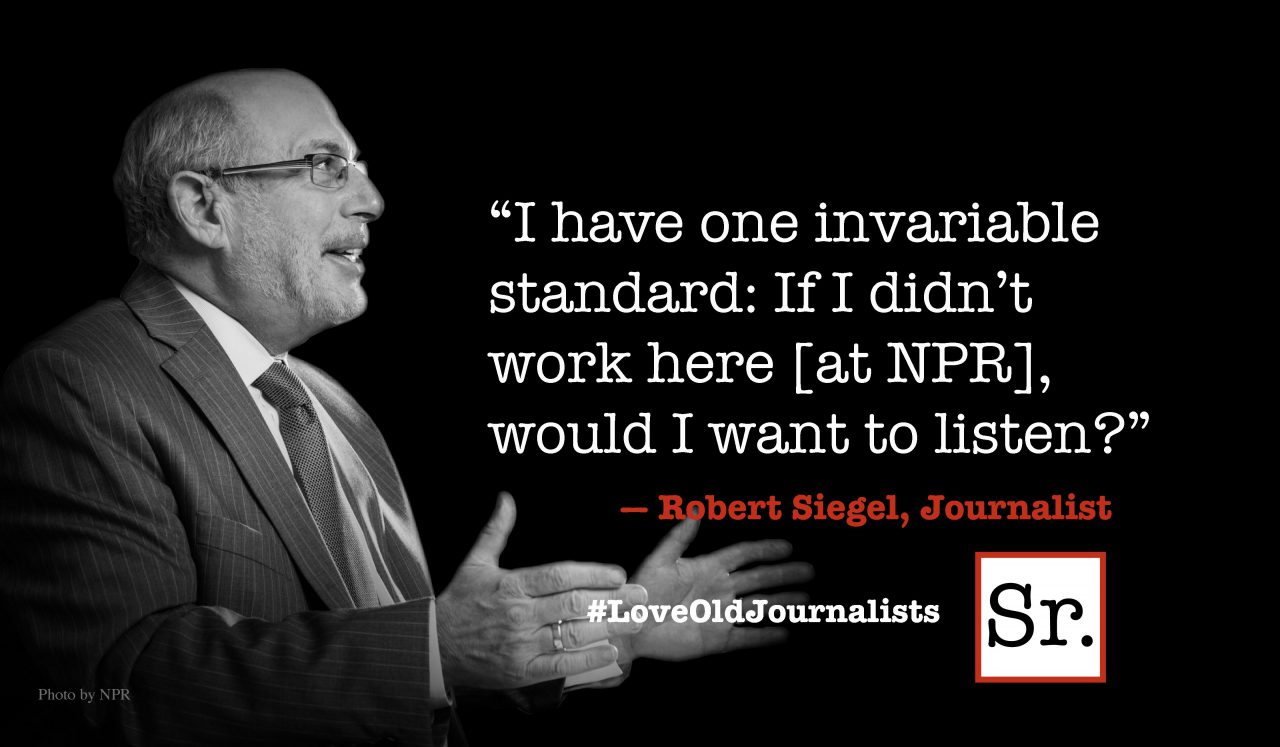A couple of weeks ago I reported on the excellent HMO that provides medical care for my wife and me. We have a super primary physician, capable specialists and no trouble in scheduling appointments. There is, however, one troublesome area, which I understand is not just a local problem but is a common complaint throughout the system. Let me briefly explain.
Last month, after my wife Wendy had spent two days in severe pain, our primary care physician called and told us to report immediately to the emergency room at our local hospital. We arrived by car within 30 minutes with what was obviously an emergency. Wendy could not even walk into the facility and had to be carried in by wheelchair.
I’ll spare you the details, but we spent several hours in the waiting room before being seen by an ER physician. We then spent additional hours in the same crowded waiting area. Wendy was finally rushed to the operating room at midnight for what, by that time, was a ruptured appendix. If the hospital had an adequate triage protocol, it wasn’t working. An overnight stay for a normal appendectomy turned out to be a week’s hospitalization and another three-week recovery complicated by pneumonia.
The problem, of course, was the overwhelmed ER. During the hours we were waiting, my guess is over 200 people arrived looking for some sort of treatment. Since this occurred in the middle of winter, there was plenty of flu around. Few of those who flooded the ER appeared to be in serious danger or were facing emergencies. They were children with fevers, many with symptoms of the flu and other assorted complaints. Without a primary care physician, they used the ER for all their medical complaints. But that is probably the most expensive care imaginable. They were mostly people of modest resources, and no one can blame them for seeking what medical help was available.
The ER may be one of the most important social levelers. Even so, what turned out to be a life-threatening situation for my wife was smothered in an overrun facility.
Since then I have written the CEO of the hospital, but no answer has yet come. He is known as an honorable person, and I believe I will hear from him soon. A member of the administrative staff did visit my wife and told her that she had needed to ”shout louder.” So much for a triage protocol.
I also learned that nobody who needs serious attention should drive to the ER. No matter the expense, call an ambulance. In our area one would show up in a few minutes, together with a separate rescue squad and a fire truck. And that is exactly what happened two weeks later when, as a result of the original situation, Wendy developed pneumonia. With these emergency vehicles were ten EMTs, and she went to the same ER with sirens blaring and lights flashing.
Certainly across the nation emergency facilities are continually overwhelmed. There are just not enough affordable primary care physicians to go around. It remains to be seen whether the 11 million new enrollees in Obamacare will alter this situation. In the meantime, if you or someone you know has a real emergency, call an ambulance, but in no case drive to the ER.









